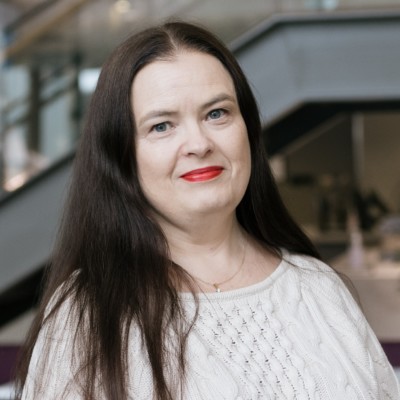Findata led the task of creating common forms for applying electronic health data for secondary use. The development of the forms is part of the HealthData@EU pilot project which is building a pilot version of the European Health Data Space (EHDS) infrastructure for the secondary use of health data.
“The forms provide Health Data Access Bodies (HDABs) with all the necessary information to assess whether permission to use the data can be granted. Using the shared form template, users can apply for data from other EU countries as well, and the information can be collected consistently and in compliance with EHDS requirements,” says Findata’s Chief Specialist, Peija Haaramo.
“For the forms to work efficiently, it is crucial that sufficient information is gathered for the processing of the application. However, the forms shouldn’t be too burdensome or complicated to fill in and process,” Haaramo continues.
The forms are based on the requirements outlined in the EHDS Regulation proposal which was presented by the European Commission in May 2022. They also take into account the General Data Protection Regulation (GDPR).
Experience used as a basis for creating the forms
Findata’s own application forms served as the basis for the development of the forms, as they have gone through several rounds of iteration and proved to work well during Findata’s four years of operation.
“When the development process for the forms began, Findata had successfully received and processed more than 860 applications. The practical experience helped us to identify the best practices and the most common pitfalls that can occur,” says Sofia Marin, Findata’s project officer for HealthData@EU.
The French, Norwegian, Danish and Belgian application forms were also used as a reference when defining the necessary elements for the common European forms.
Collaboration emphasised in the process
Findata welcomed all comments and ideas from project partners throughout the process. It also announced official rounds of comments, ensuring everyone had the opportunity to share their views and suggest improvements. Findata organised several workshops to analyse the questions on the forms.
“We analysed the relevance of the questions, their clarity and whether they provided sufficient information for the HDABs. Participants also shared their valuable practical experiences as data users, application processors and legal experts, refining the form accordingly,” says Marin.
A comprehensive report was written to accompany the forms, detailing the context of the task, outlining the methodology used to create the forms, explaining each section of questions, and providing a wide range of recommendations for implementation and further development.
Learn more about the Common data application form: D7.1 Common Data Access Application Form and accompanying report (open PDF file, 917 kB)
Contact

